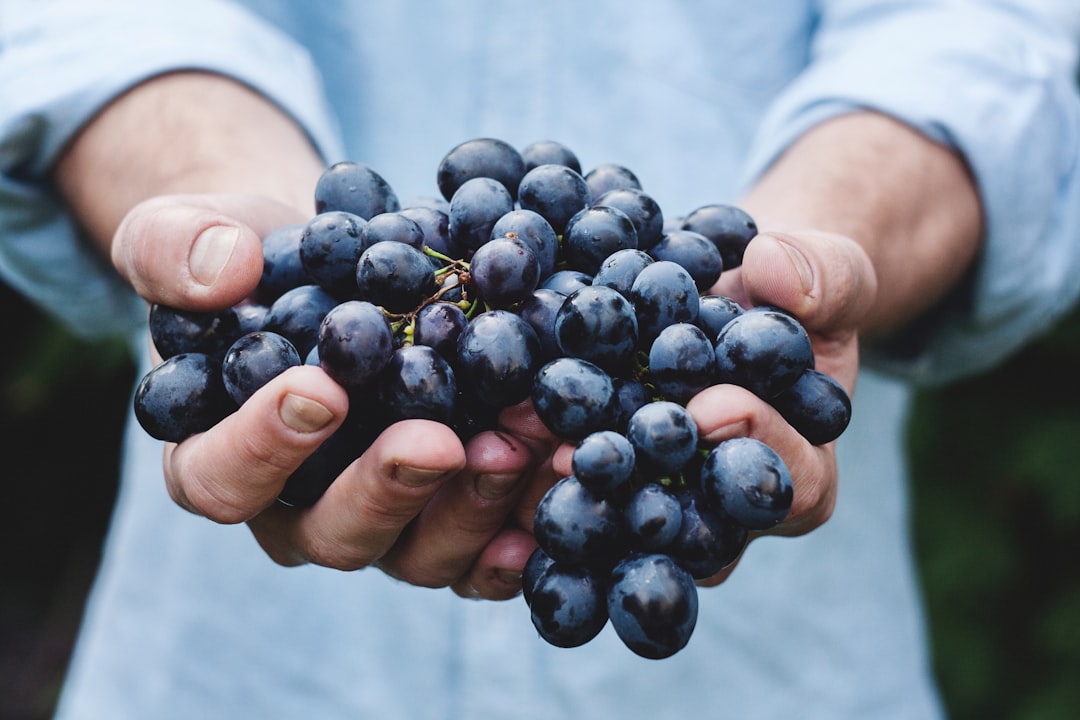Caring for fruit trees requires the right tools to ensure healthy growth, maximize fruit production, and keep pests and diseases at bay. Whether you're maintaining a backyard orchard or a single fruit tree, having the proper equipment will make tree care easier and more effective. In this guide, we'll cover the essential tools every fruit tree grower should have and how to use them properly.
1. Pruners: The Backbone of Tree Maintenance
Why You Need Them:
Regular pruning helps shape trees, improve airflow, and remove dead or diseased branches.
Types of Pruners:
✂ Bypass Pruners – Best for live branches; makes clean, precise cuts.
✂ Anvil Pruners – Ideal for deadwood but can crush softer stems.
✂ Ratchet Pruners – Provides extra leverage for cutting thicker branches with less effort.
✔ Recommended Use:
-
Use bypass pruners for routine cuts on young branches (up to ¾ inch thick).
-
Keep blades sharp for clean cuts that heal quickly.
2. Loppers: Extending Your Reach
Why You Need Them:
Loppers are like pruners but with long handles, allowing you to cut thicker branches (up to 2 inches in diameter) and reach higher without a ladder.
Choosing the Right Loppers:
🔹 Bypass Loppers – Best for live, green branches.
🔹 Anvil Loppers – Better for cutting dry, deadwood.
🔹 Geared or Ratcheting Loppers – Provide extra cutting power with less effort.
✔ Recommended Use:
-
Great for thinning out water sprouts and small branches in the tree canopy.
3. Pruning Saw: Cutting Larger Branches
Why You Need It:
A pruning saw is essential for removing larger limbs (2+ inches in diameter) that pruners or loppers can’t handle.
Types of Pruning Saws:
🪚 Folding Saw – Compact and great for light pruning.
🪚 Curved Blade Saw – Provides fast, aggressive cutting power for thick branches.
🪚 Pole Saw – Allows for high pruning without a ladder.
✔ Recommended Use:
-
Use for cutting diseased, dead, or overgrown branches that loppers can’t handle.
-
Always make clean cuts at the branch collar to promote healing.
4. Pole Pruner: Reaching High Branches
Why You Need It:
For trees too tall to reach with loppers, a pole pruner allows you to trim branches without climbing a ladder.
Types of Pole Pruners:
🌳 Manual Pole Pruners – Feature a rope and pulley system for precision cuts.
🌳 Pole Saw Pruners – Combine a pruning saw with a pole for cutting thick, high branches.
✔ Recommended Use:
-
Best for light pruning and deadwood removal on taller trees.
5. Grafting Knife: For Propagation and Repairs
Why You Need It:
A grafting knife is useful for tree propagation, bark grafting, and repairing damaged trees.
✔ Recommended Use:
-
Use for grafting new fruit tree varieties onto existing trees.
-
Can also be used for cleaning bark wounds after pruning.
6. Sprayers: Protecting Against Pests and Disease
Why You Need It:
Fruit trees often require dormant oils, fungicides, and organic sprays to prevent pests and diseases. A good sprayer ensures even application.
Types of Sprayers:
💦 Handheld Sprayers – Best for small trees and targeted spraying.
💦 Backpack Sprayers – Ideal for treating multiple trees efficiently.
💦 Hose-End Sprayers – Attach to a garden hose for easy application over larger areas.
✔ Recommended Use:
-
Apply dormant oil in late winter to prevent pests before spring growth.
-
Use fungicides or organic sprays as needed throughout the growing season.
7. Garden Hoe or Weeding Tool: Keeping the Base Clear
Why You Need It:
Keeping weeds and grass away from the base of fruit trees reduces competition for nutrients and prevents hiding spots for pests.
✔ Recommended Use:
-
Maintain a 3-4 foot weed-free zone around the tree base.
-
Use mulch to suppress weeds after clearing the area.
8. Soil Testing Kit: Monitoring Nutrient Levels
Why You Need It:
Fruit trees thrive when the soil is at the right pH and nutrient levels. A soil test helps you determine what amendments your tree needs.
✔ Recommended Use:
-
Test soil once a year to monitor pH and nutrient balance.
-
Adjust soil with lime (to raise pH) or sulfur (to lower pH) as needed.
9. Watering System: Consistent Moisture for Growth
Why You Need It:
Proper watering is crucial for young trees and during fruit development. A watering system ensures deep, consistent moisture.
Best Watering Methods:
💧 Drip Irrigation – Provides slow, deep watering with minimal waste.
💧 Soaker Hoses – Efficient for watering multiple trees at once.
💧 Deep Watering Stakes – Deliver water directly to roots.
✔ Recommended Use:
-
Water deeply once a week rather than shallow, frequent watering.
Final Thoughts
The right tools make fruit tree care easier, safer, and more effective. Investing in quality pruning tools, saws, sprayers, and watering systems will help your trees thrive and produce abundant fruit for years to come.

Comments
No comments yet. Be the first to comment!
You must be logged in to comment. Login